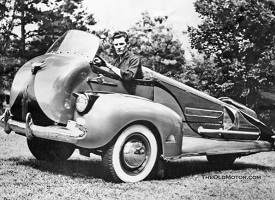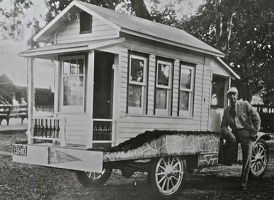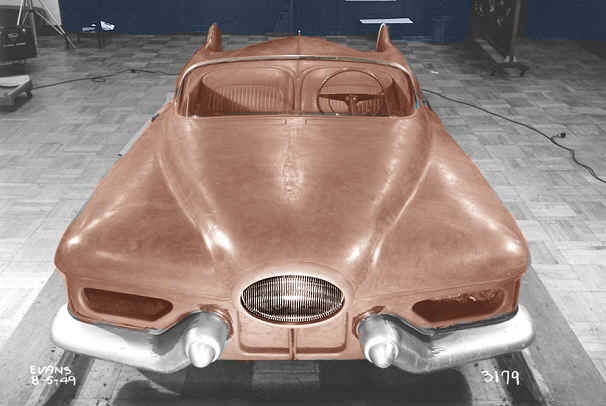I was talking with a senior software developer last week about the importance of early prototypes to define products. We concluded that it is pointless to begin developing any real architecture or engineering until the prototypes are finished and signed off. You must put your ideas into tangible form before you can trust them to the discipline of engineering. And customers must see examples of the finished product before you can move forward with deep development. Here’s why:
Under-the-hood engineering depends entirely on what you plan to sell. Notice I did not say what the developers thing might be cool or trendy. It’s what you plan to sell. Period. It doesn’t matter if you are selling transmissions or skyscrapers or operating systems; you have to know what the customer wants before you can build the most efficient version of that. Just try to dream it all up alone on a deserted island – without any input – without customers telling you what they will pay for and what they will not. That’s a lot like what you’d get if the developers in their Tommy Bahamas island shirts said, Oh, yeah! That’s so cool. Let’s make that!


Take the automobile transmission for example. If you designed it on a deserted island, and sent the designs straight into production, the risks would be enormous. The finished product would likely have extra gears, “cool” new ideas, and “special” modes that the customer never asked for. And won’t pay for. All those extras make the product less efficient, more costly to manufacture, and more costly to maintain. You probably can’t afford that. Only the most efficient and cost effect designs survive. In other words, only what the customer asked for – nothing more.
Sure, you can get creative and throw in some extras. I call that “programmer candy.” The product doesn’t have to be a total bore. But make sure your core competencies are taken care of first.

Also, it should be understood that prototypes can rarely be morphed into shipping products. (Managers don’t get that.) They are usually throw-away models, so expect to add that extra time to your overall project schedule. For instance, take the old clay automobile models as an extreme example. Remember them from the 1950’s? Even after sanded and painted, they still couldn’t serve as production automobiles. It’s almost humorous to imagine. But still, it has always been a strong desire in engineering circles to go from prototype to shipping product with the stroke of the pen. After all, the prototype looks so real, why not just clean it up and ship it! That’s what the manager usually ask for. Actually, that goal is not far off in computer-aided design, like software development, because editing is so easy. Not so with clay models.